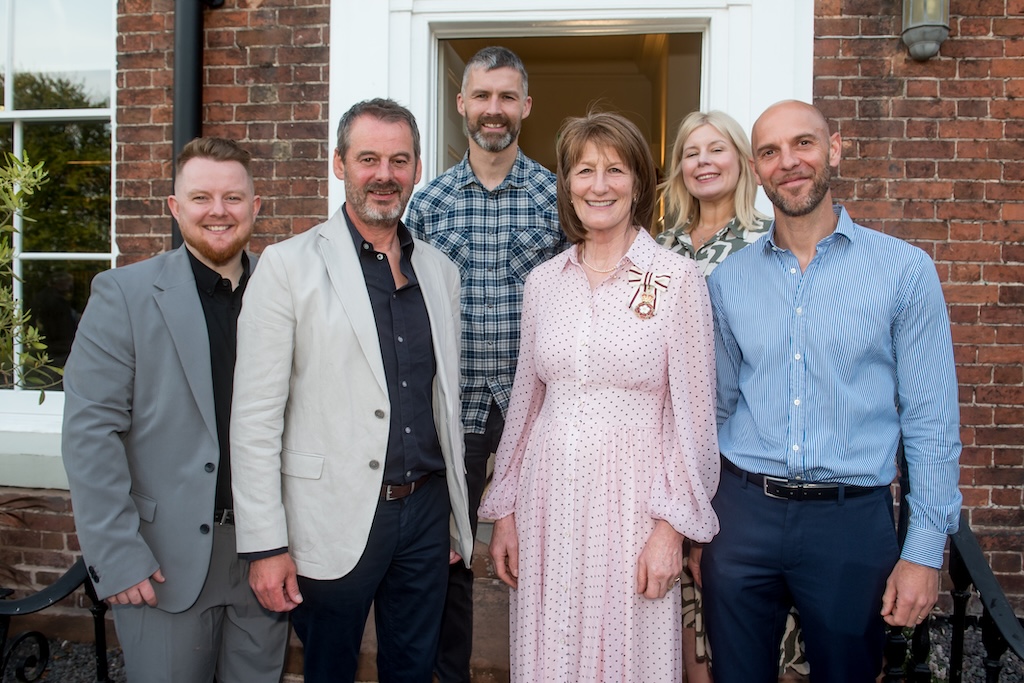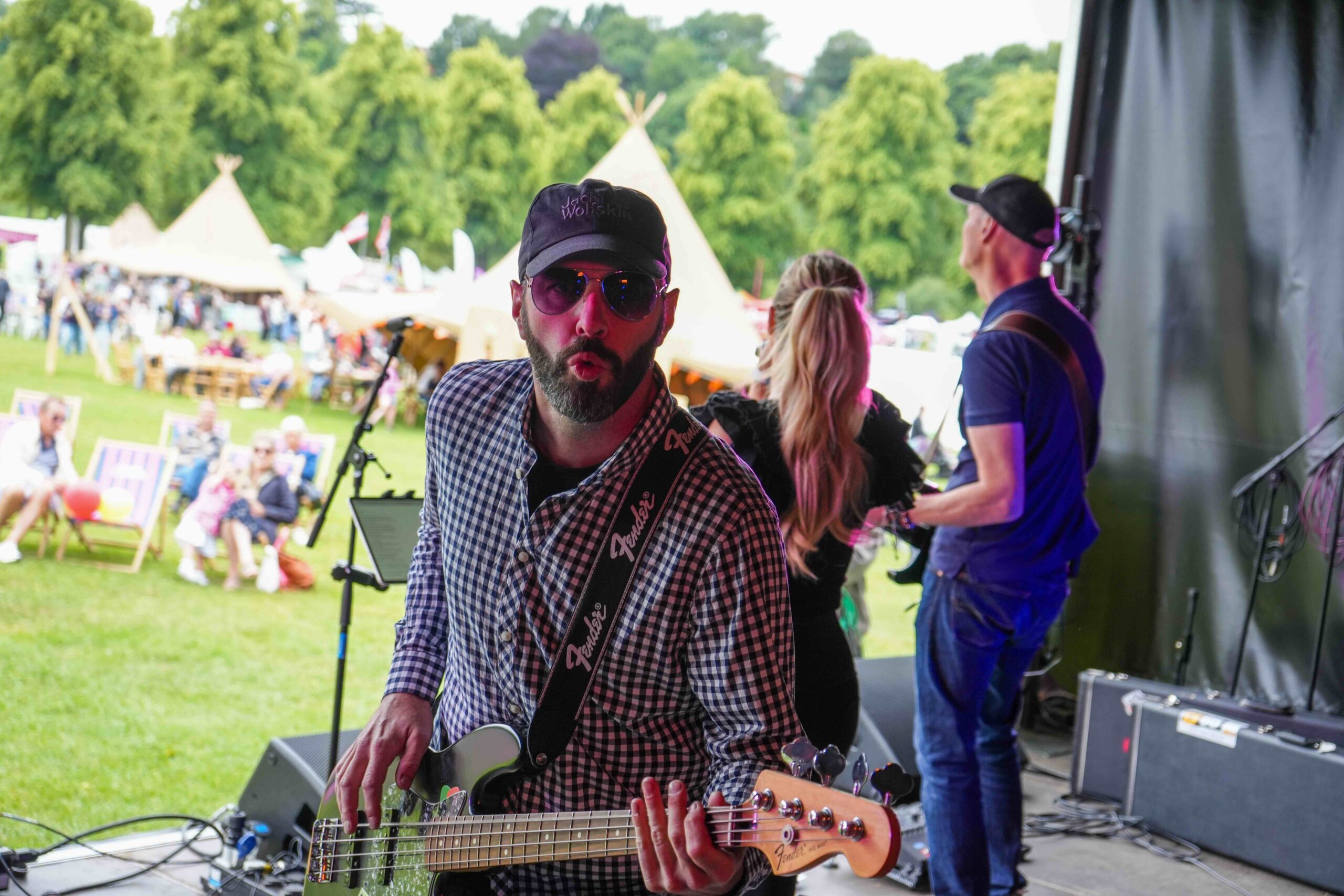Ed follows up on two rare sightings of one of the UK’s top – and most elusive – predators.
This story begins with some grainy video footage of a large, sleek animal with a long tail leaping a fence. The images were captured in the middle of an October night on a trail camera at Severn Valley Country Park. This is the first confirmed video recording of an otter at the park. It is intriguing as the camera was placed at the edge of a woodland, some distance from the river where otters make their home. The sighting highlights the network of hidden trackways that weave through the park, providing vital passage for nocturnal animals.

In the stillness of a winter afternoon, I set off down a path that traces the edge of a woodland. To my right is a canopy of oak and ash. To my left is a wildflower meadow, dull in its sheep-grazed winter dormancy. The centre of a woodland is often a dark place. Here at the woodland edge, sunlight can penetrate the canopy. The light brings life. An understorey of hawthorn, hazel and bramble has developed. The woodland edge is generally the most biodiverse part of a woodland. In the spring and summer, flowers are food for insects and dense thorns provide cover for nesting birds and bank voles.
A valuable tool
Following the tree line leads me into another field. A gibbous moon is slowly breaking the horizon. Near a dog leg in the fence, I find the camera that captured the otter footage. Triggered by the movement of an animal, these cameras are a valuable tool for surveying secretive wildlife. Elfin Pool lies in the field close to the camera. I am sure that, when he was captured on camera, the otter was returning from fishing in the moon-lit waters of the pool. A natural spring at the top of the field flows as a stream into Elfin Pool and then continues down the valley to join the river. Otters will use streams as passageways to traverse the countryside, seeking food.
I climb the fence into Hall Close Coppice and scramble down a steep ravine. The stream tumbles over fern-dressed boulders and reflects the last rays of sunlight from the far western sky. Avoiding the footpaths, I follow this ribbon of light as it flows through the darkening wood. Where the gradient flattens out, the stream passes through a marsh. I leave the water briefly and follow higher ground along a faint trackway through the bramble. Trail cameras have captured badgers, foxes and muntjac deer all using this route. I re-join the stream next to a waterfall. At the bottom of the cascades, the stream enters the river.

Near the confluence of stream and river is an artificial otter halt. It is built into the bank from breeze blocks with a length of plastic pipe forming the entrance. I often search the muddy riverbank here for the distinctive five-toed footprints of otters. Working at the park, I am privileged to share the riverbank with these animals. Despite this, it often feels like I am chasing shadows. I very rarely find signs of otters but the thrill of the chase never fails to excite me.
A vivid memory
The passage of time over the last couple of years has altered due to the huge changes in our normal lives and daily routines. Despite the blurring of weeks into months, some memories remain vivid. In December 2020 I hear reports that an otter has been seen in Worcester. Leaving Bridgnorth in the darkness, I arrive on the city bridge before sunrise to try and spot the animal. A constant line of traffic passes over the bridge. Amongst the concrete re-enforced banks, I search for the wilder corners of the river; a muddy spit, covered in willow and fading nettle stems, a brick culvert where a stream joins.

After an hour my hands begin to ache in the freezing cold. Still, I scan the water, looking for a line of bubbles or a ripple that might reveal the presence of an otter. A pile of deadwood rests against the bridge abutment, debris from winter flooding. From my peripheral vision I spot an animal as it dives off the log jam into the water. For a few seconds I can’t see any sign of movement, just the relentless flow of water surging through the arches in the bridge. Then the head of an otter appears in the middle of the channel. Through the binoculars, I can see the characteristic muzzle and whiskers. The rising sun glints off his smooth fur.
My encounter with the otter is over too quickly. He slips beneath the surface and is gone. This animal represents one of our few top predators. Otters navigate the entire length of the Severn Valley, from moonlit woodland streams to the built-up surroundings of riverside towns and cities. Considering their size, they have a unique ability to remain elusive, occasionally drifting into view like an image from a dream. This makes them all the more beguiling.
Do one thing for wildlife
Paul is one of our wonderful volunteers at Severn Valley Country Park. Amongst other duties, he looks after our trail cameras. He places them at different locations around the park, downloads the images and then sorts through them. With 4 cameras capturing hundreds of images, this is time- consuming work. If you have a passion for surveying wildlife, why not join our volunteer team? For more information, please call 01746 781192 or email edward.andrews@shropshire.gov.uk







